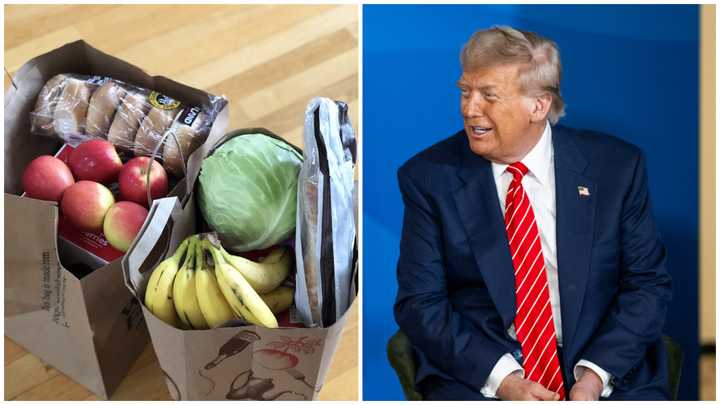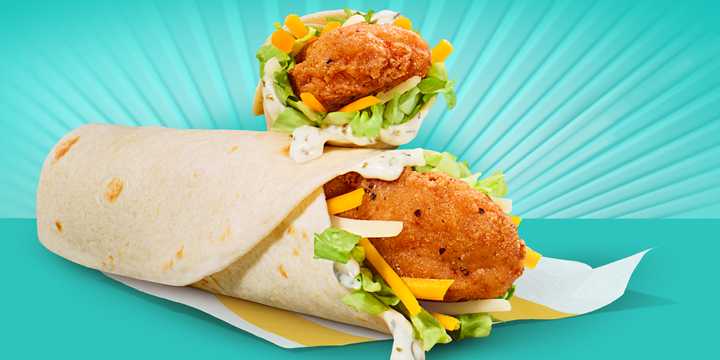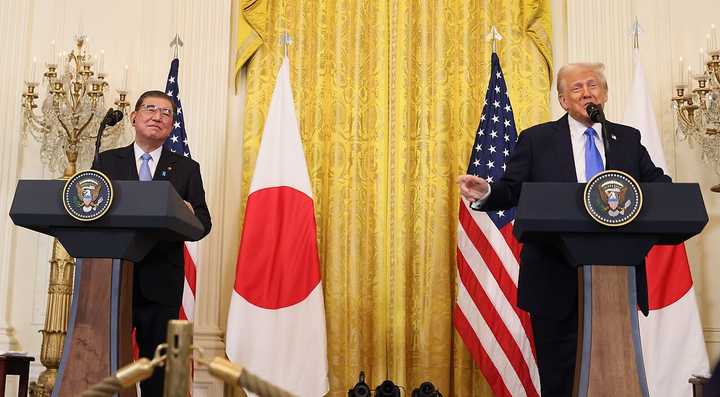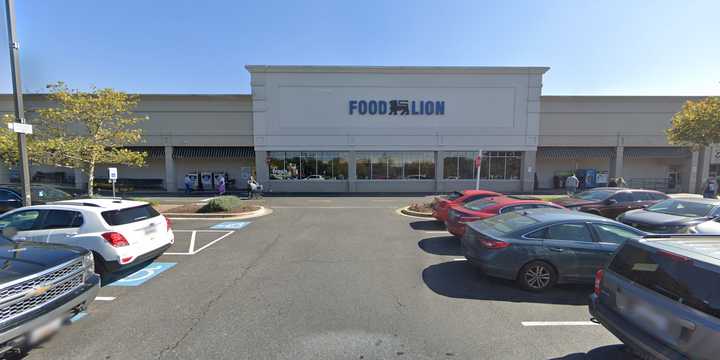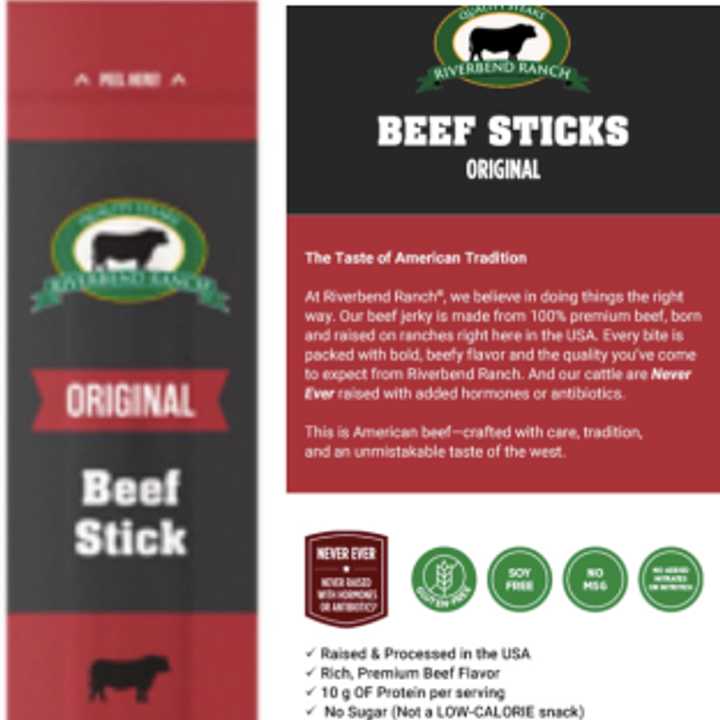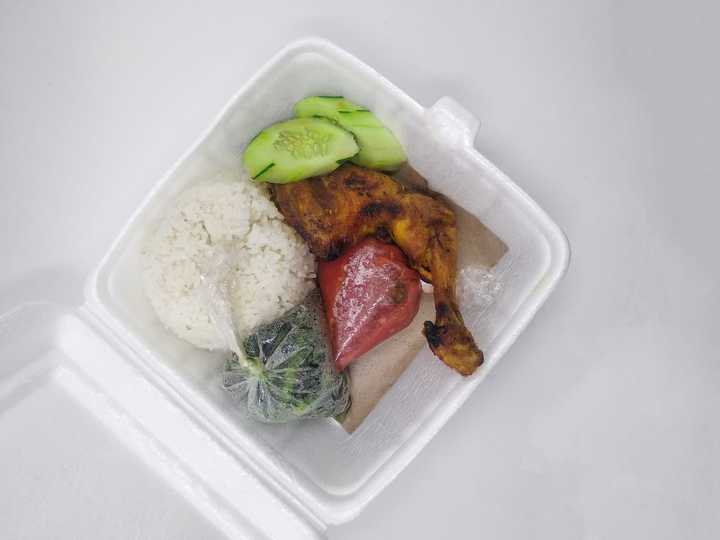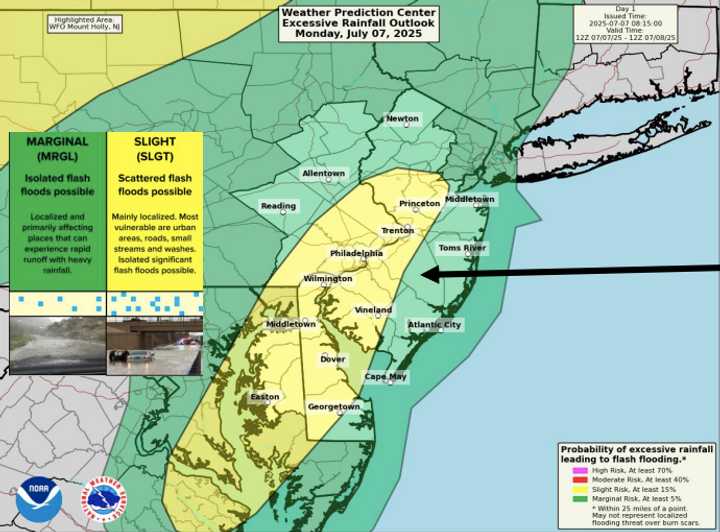Inflation Ticks Up, Spending Slips As Trump’s Tariffs Tighten Grip On Economy
May saw a slowdown in consumer spending as inflation increased, indicating further financial strain on Americans as a result of President Donald Trump’s massive tariffs.
President Donald Trump and two bags of food.
On June 25, 2025, President Donald Trump and Prime Minister Keir Starmer of the United Kingdom attended a NATO summit in The Hague, Netherlands.
On Friday, June 27, the Bureau of Economic Analysis reported that the personal consumption expenditures price index, the Federal Reserve’s main measure of inflation, increased by 0.1% in May to an annual rate of 2.3%. According to CNBC, those rises were in line with those predicted by Dow Jones experts.
In May, core inflation—which does not include food and energy—rose by 0.2% to 2.7%, which was somewhat higher than the 0.1% and 2.6% projections. Given the volatility of food and energy costs, the Fed views the statistic as a superior long-term indicator.
After increasing by 0.2% in April, consumer spending fell by 0.1% in May. Since January, that was the first monthly decline.
In May, personal income fell by $109.6 billion, or 0.4% per month. After taxes, disposable income decreased by 0.6%.
As consumers reduced spending, the savings rate increased to 4.5% in May, the largest increase since January.
“This morning’s news was consistent with other reports showing the economy gradually losing momentum in the second quarter, ahead of the brunt of tariff increases expected to wash ashore during the summer and early fall,” Gary Schlossberg, market strategist at Wells Fargo Investment Institute, told CNBC.
A significant contributing factor to the slowdown was a sharp drop of $49.2 billion in goods spending. Spending on services increased marginally, but not enough to make up for the decline.
In May, auto sales fell 49.3%, which contributed to the decline in spending. Ahead of Trump’s tariffs on steel, aluminum, and automobiles, car buyers hurried to buy in March and April, which caused the nation’s auto inventory to run out.
Trump’s 50% steel and aluminum tariffs have increased prices across a wide range of industries, including food production, home building, and automobiles. Trump’s tariffs will increase the cost of some goods throughout 2025, according to warnings from major retailers including Target and Walmart.
The Fed’s 2% inflation objective, which hasn’t been reached since early 2021, was marginally surpassed by May’s inflation data. A rate cut may occur if inflation stays low, according to some analysts, even though most economists anticipate the Fed to maintain interest rates at their current level in July.
Trump once again attacked Fed head Jerome Powell for not decreasing interest rates during a news conference at the NATO summit on Wednesday, June 25, calling him “terrible” and “a stupid person.”
“He’s an average mentally person,” Trump claimed. “I’d say low, in terms of what he does, low, low IQ for what he does.”
On Thursday, July 31, the Commerce Department will publish its next report on inflation.
